When I embarked on this journey last year, I wasn’t sure if I would be able to complete it. When an author refers to a ‘journey’, it obviously implies a book, especially of such significant magnitude. However, the Sathyolu (truths) of Tulunadu held me tightly and guided me through.
K. Hari Kumar
Author, Daiva – Discovering the Extraordinary World of Spirit Worship
Daiva was commissioned in December 2022. I began the groundwork in February 2023 after relocating to Karkala (Karnataka) for a period of two months. However, the doors I hoped would let me in didn’t even open before me. I struggled to find the right support and faced health challenges, casting doubts on completing a book of such magnitude in the stipulated time. I nearly gave up, contemplating canceling the project.
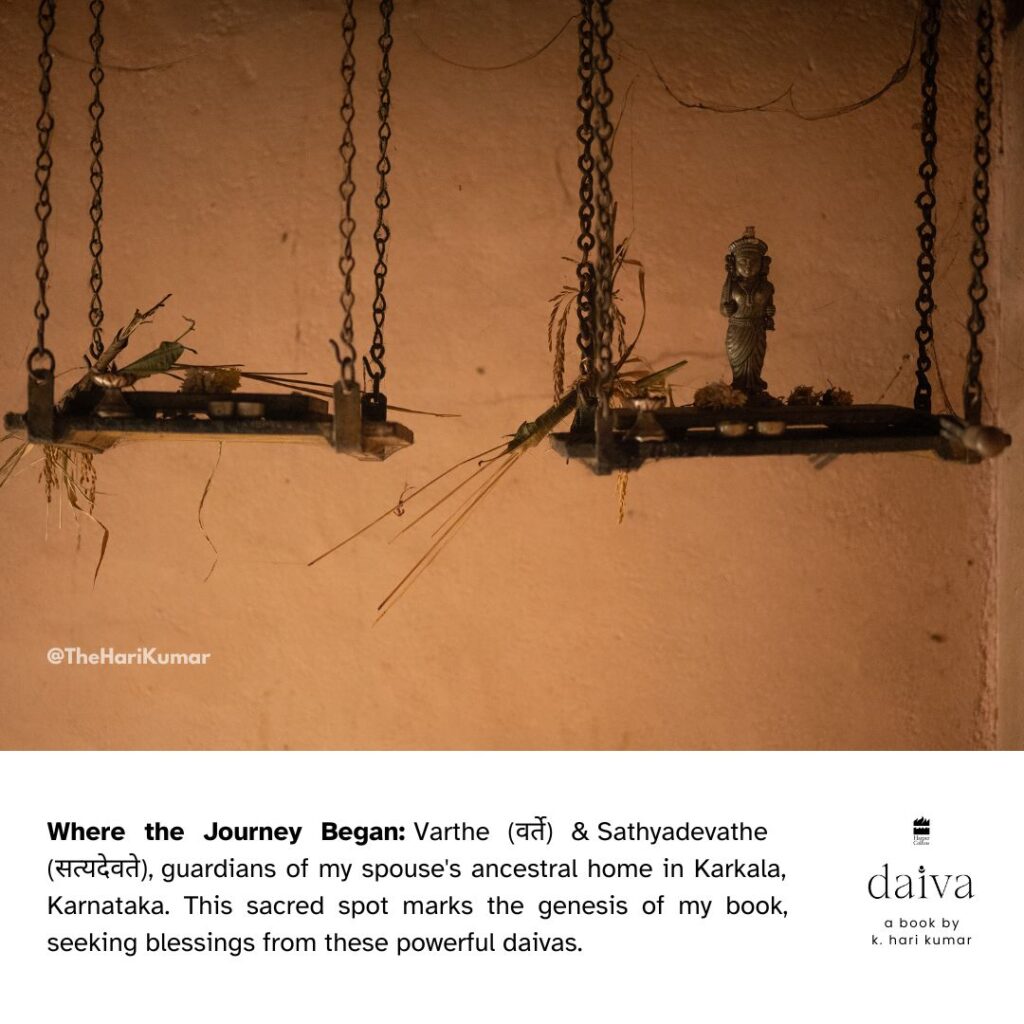
Bellmannu Durga Parameshwari
During the annual festival (aaraat) of Belmannu Durga Parameshwari at her ancestral house, my spouse reminded me to pray to the Daivas residing there—Varthe and Sathyadevathe. So, with a lamp lit and a garland of jasmine, I offered a humble call for help. Trust me, I had never experienced such a surge of power before, a truth that helped me persevere through the challenges and complete the book over the next 16 months. Each time a door didn’t open, an enigmatic force would open another unexpected door, guiding me to the right people and places that aided me in penning this book. Looking back, I believe the delays were for the best, allowing extended time for research and multiple revisions of the manuscript.
Sathyadevathe
But who is Sathyadevathe? Why is this deity so important to us? What is her origin story? While Sathyadevathe is one of the most powerful deities of the region, mother goddesses are often followed and revered in different parts of the country.
The Devi Bhagavata Purana describes the mother goddess as the singular cause of the entire universe, encompassing all that is seen and unseen. She is the embodiment of Maya, assuming myriad forms, and is the ultimate source of all creation. Even the most revered gods pale in comparison to one-hundred thousandth of her divine magnitude. Many feminine spirit deities are believed to have sprung forth from Shakti, the primal Mother Goddess.
In the regional folklore and mythology of Tulu Nadu, the mother goddess holds significant importance. Indeed, as we journey towards Northern Kerala, a kinship emerges between Malayalee folklore and the legends of Tulu Nadu.They offer a profound window into the enduring faith and rich cultural heritage of the region, highlighting the deep connection between Tulu and Malayalee folk beliefs. One of the most powerful deities of this class is Sathyadevathe and I have concluded my journey with her story.
As an author, I feel truly blessed by the Daivas worshipped by my ancestors, granting me the opportunity to write a book about the powerful deities of Tulunadu.
A thousand namaskaara to the Daivas.
Posabhuta
Sathyadevathe, also known as Posappe, Posabhuta, or Hosabhuta, is an androgynous deity, where the prefix ‘hosa’ or ‘posa’ signifies newness. Their upper body is male, while the lower body is female. During the kola dance, the artist is bare-chested above the waist but drapes a saree below the waist to symbolize the deity. Sathyadevathe represents the all-encompassing Mother Goddess and is worshipped within the confines of the household. Her weapon is a beththa (wand), and she wears a crown resembling the radiant rays of the sun. Mallige(jasmine) flowers are offered to Sathyadevathe, believed to be her favourite.
While the precise origin story remains elusive, legend has it that four men embarked on a quest to build a boat. One morning, after their respective routines, they convened to deliberate on the source of wood. With each advocating for a different direction, their discussions persisted until they unanimously agreed upon a single course: southward.
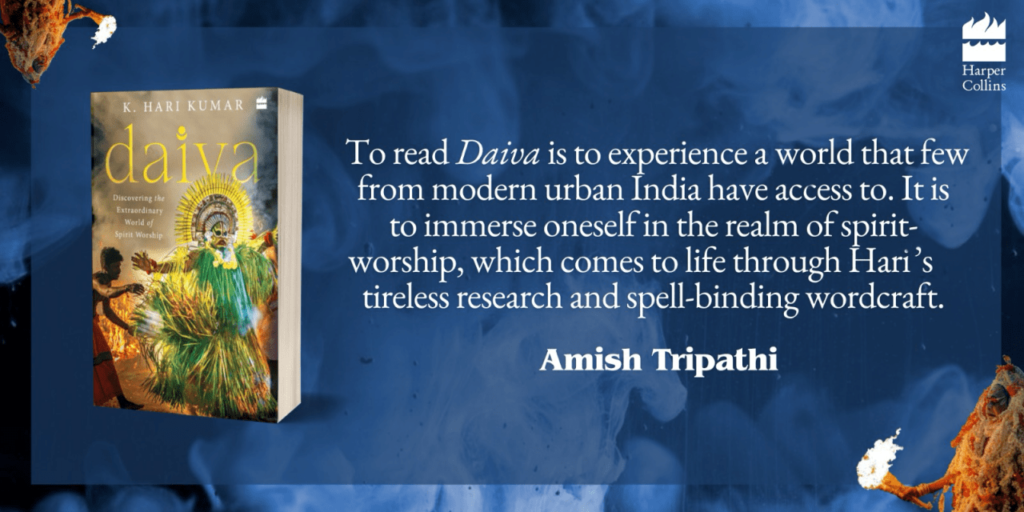
After consuming the previous night’s rice for breakfast, they packed provisions for their journey and set off southward with their tools in tow. Upon reaching a forest abundant with trees, they discovered a magnificent specimen suitable for their boat. Its roots delved deep into the netherworld while its branches reached skyward, boasting impressive strength. However, their attempts to fell the tree were futile as their axes failed to even scratch its bark. Faced with this predicament, the men turned to prayer, making a parakke (solemn vow in English/mannat inHindi/nercha in Malayalam) to offer portions of the tree to sacred temples if it would fall. Miraculously, the tree toppled of its own accord. Recognizing the power of the spirit, the men invited it to accompany them home, pledging to venerate it and fashion a cot from the same wood. As it was a new unknown spirit, she was called Posabhuta.
In an alternate version, the deity was already present in their home, and they beseeched her to bring down the tree. Posabhuta has been interpreted in various ways, with some viewing her as a manifestation of Bhadrakaali, while a few draw parallels with Kallurti due to similarities in the makeup worn by kola dancers. As Sathyadevathe, she is depicted as a benevolent deity in her idol form, yet transforms into a fierce figure during the kola ritual. During the performance, the dancer executes vigorous somersaults and rolls on the ground, embodying the deity’s ferocity. During the kola ceremony, a tender coconut is typically selected, upon which the face of a woman is artfully drawn. This adorned coconut represents Sathyadevathe’s sister and is reverentially placed in the kodiyadi, adding a symbolic dimension to the ritualistic proceedings.
Click here to learn more.
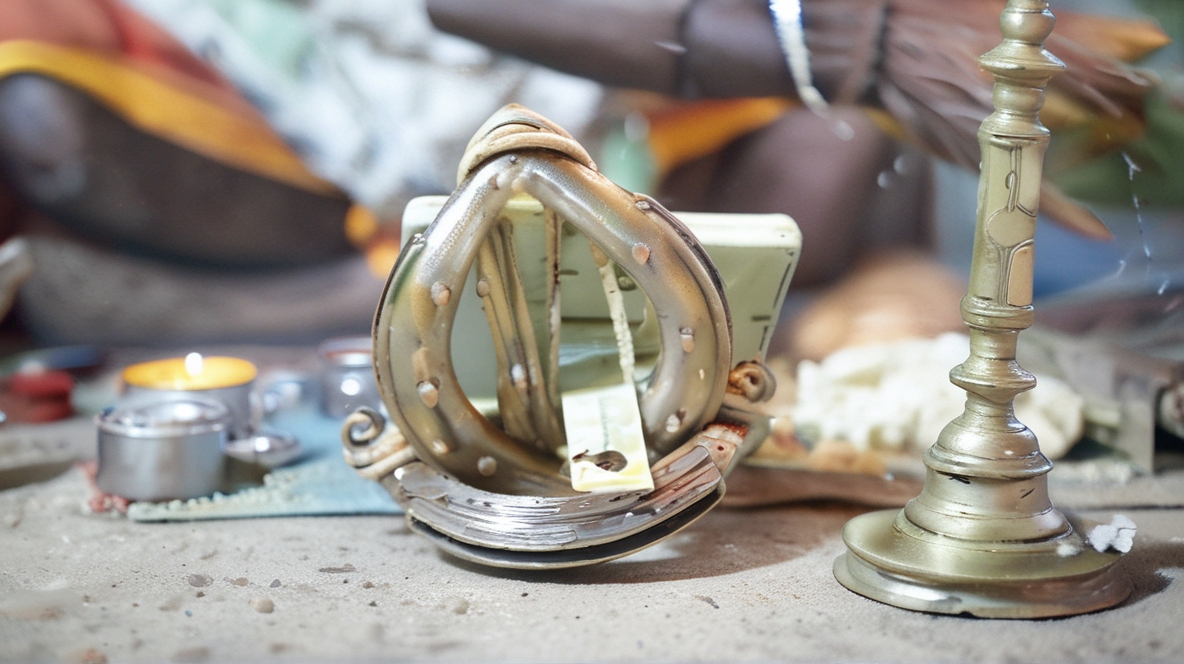
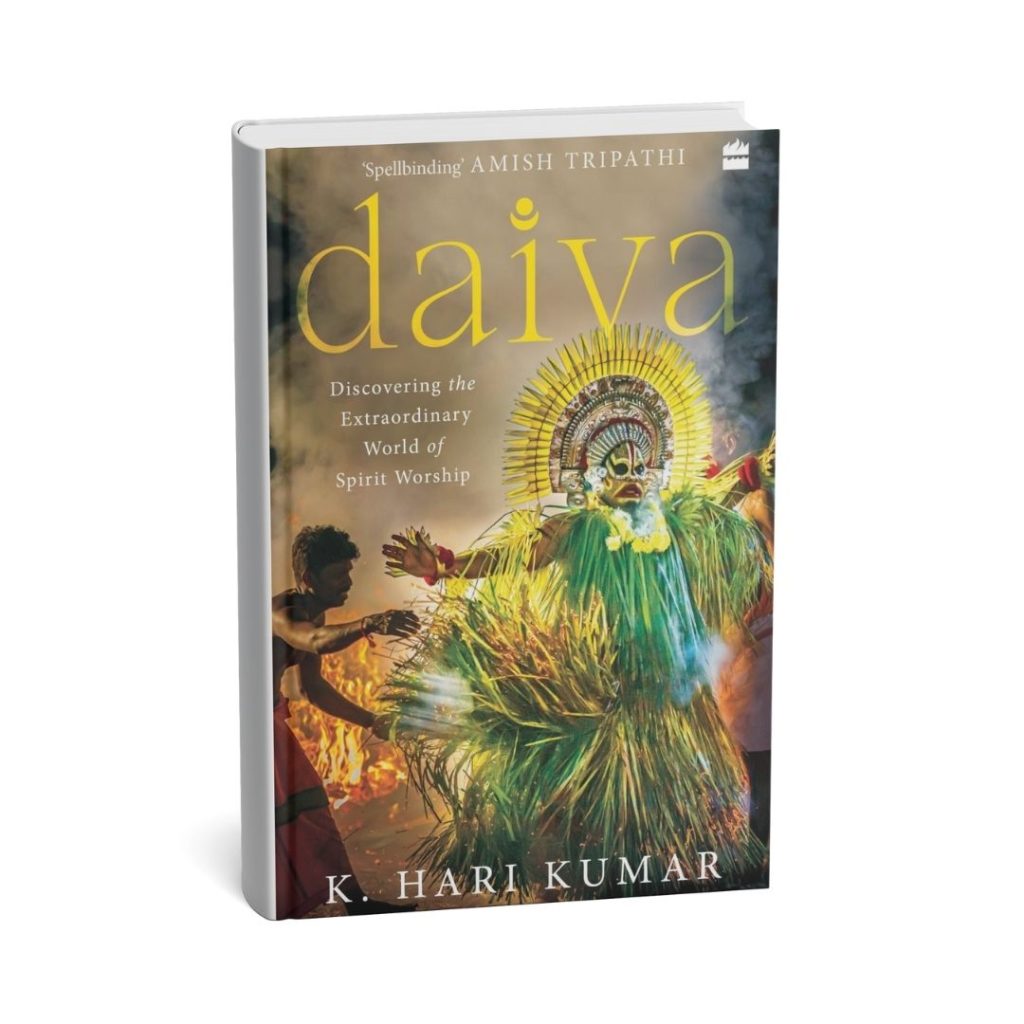
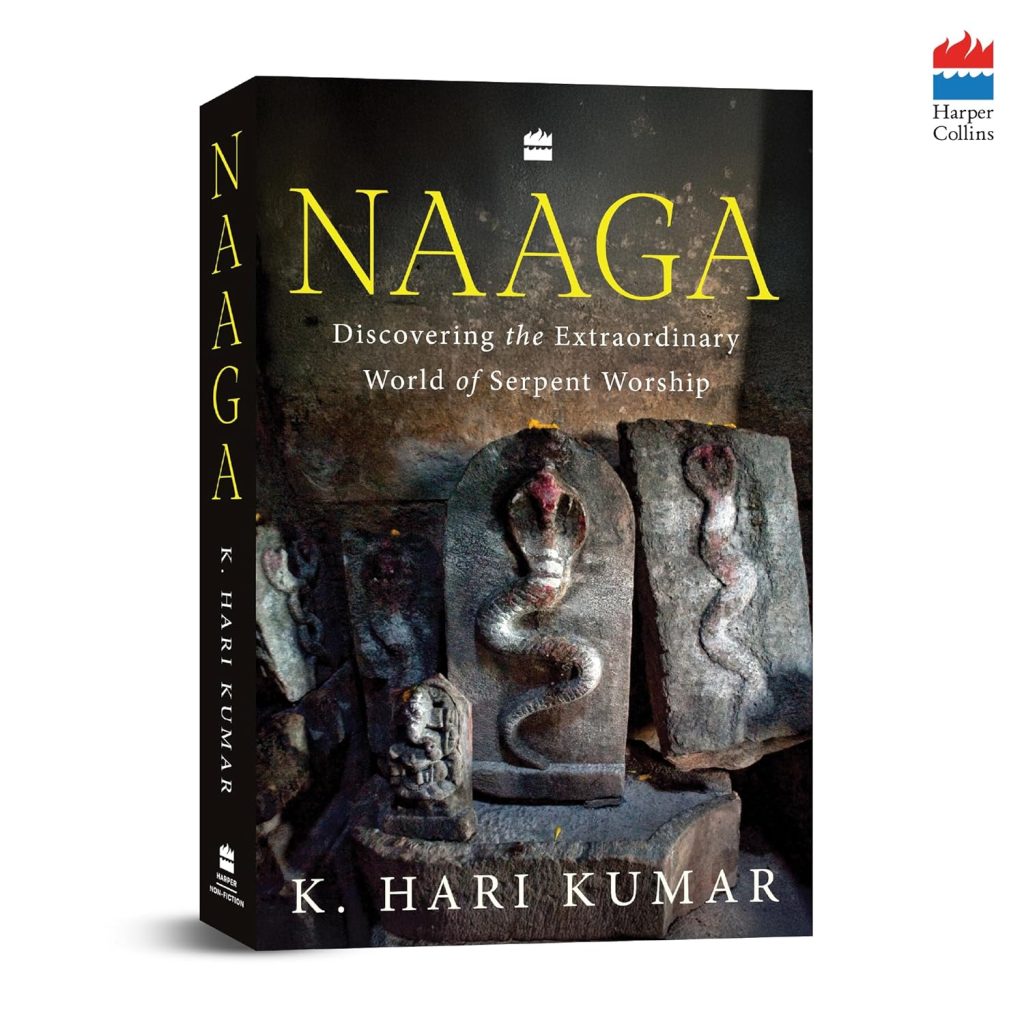

Leave a Reply